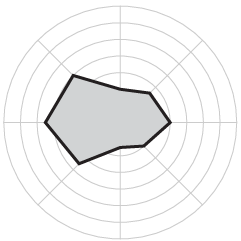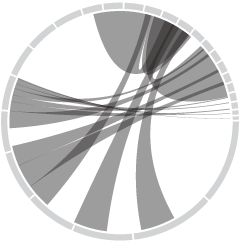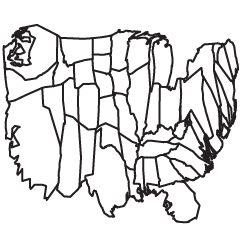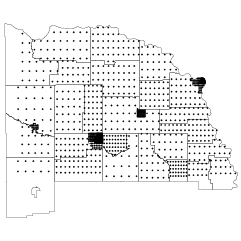For Axios, Marc Caputo reports:
Secretary of State Marco Rubio is launching an AI-fueled “Catch and Revoke” effort to cancel the visas of foreign nationals who appear to support Hamas or other designated terror groups, senior State Department officials tell Axios.
Why it matters: The effort — which includes AI-assisted reviews of tens of thousands of student visa holders’ social media accounts — marks a dramatic escalation in the U.S. government’s policing of foreign nationals’ conduct and speech.
Something tells me that the view into the system’s usage, classification process, and underlying data will be quite fuzzy.

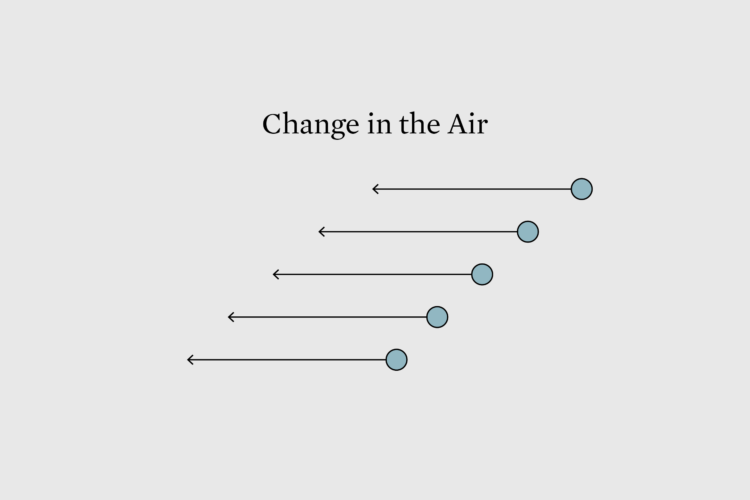
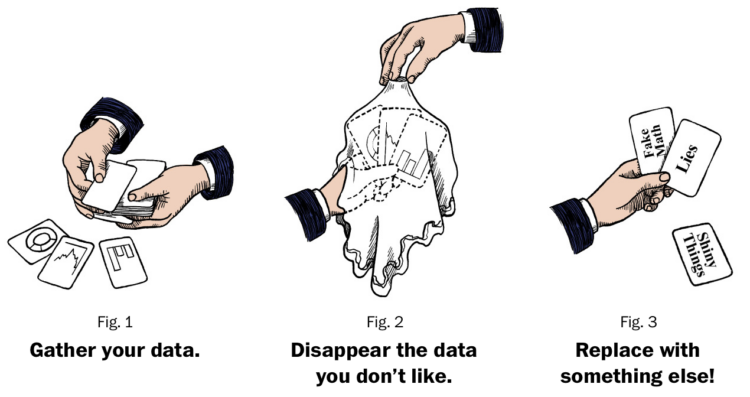
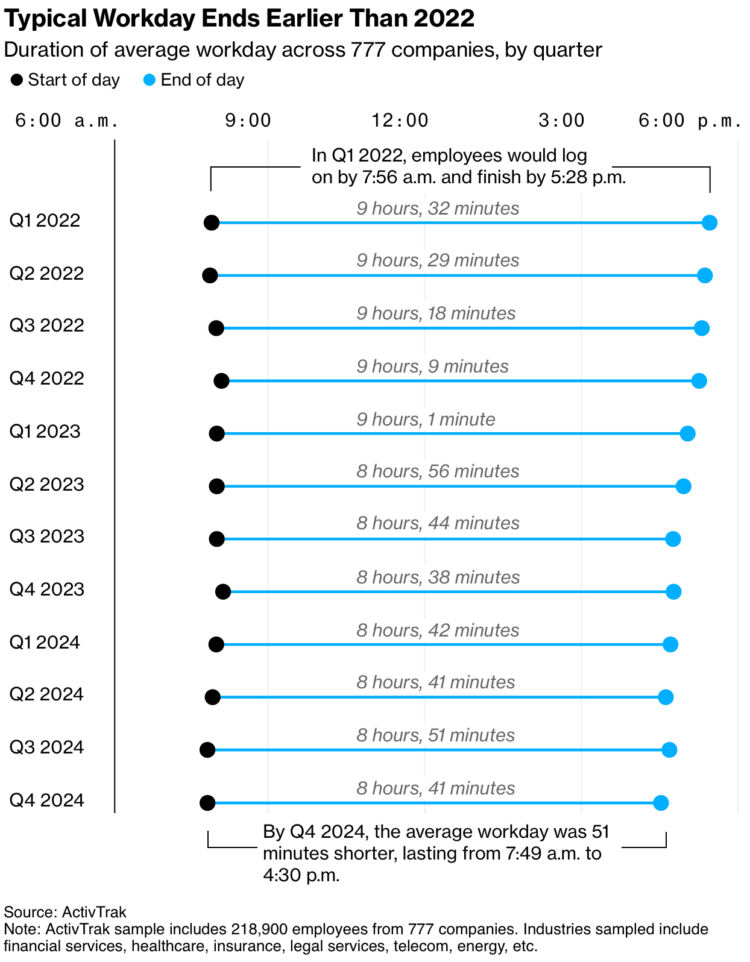

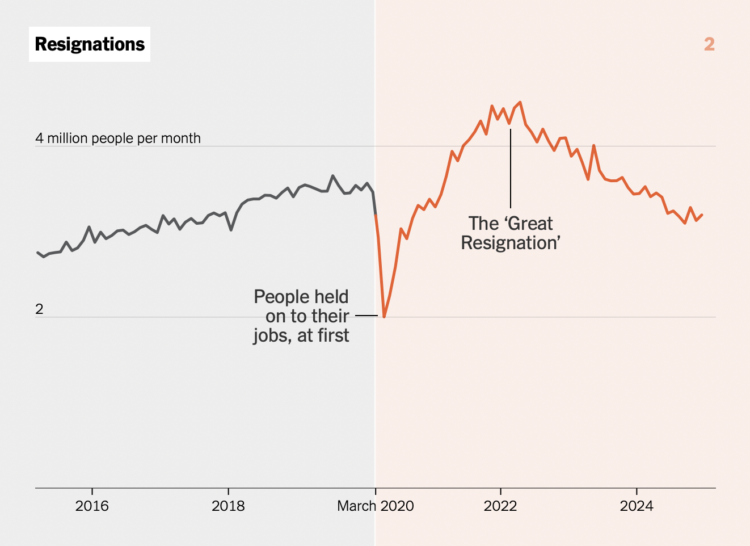
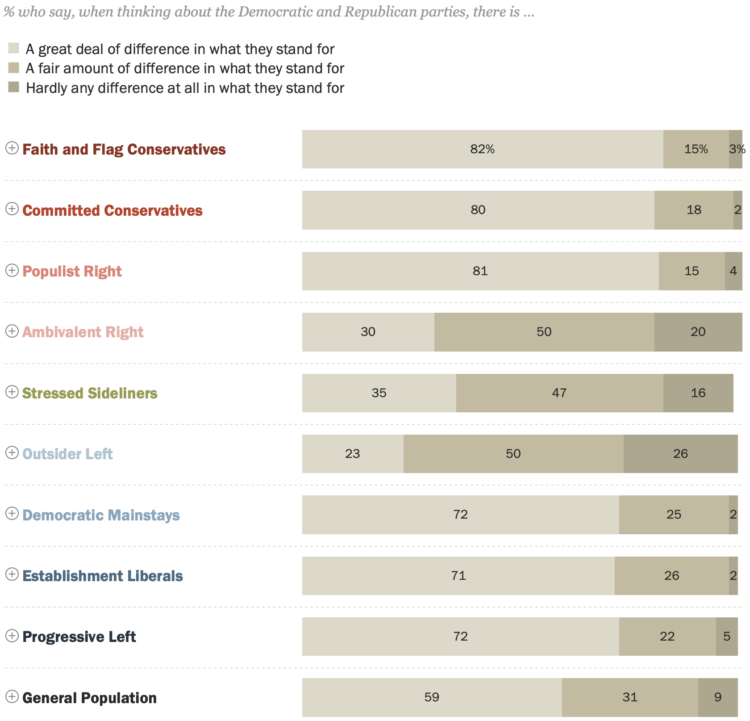
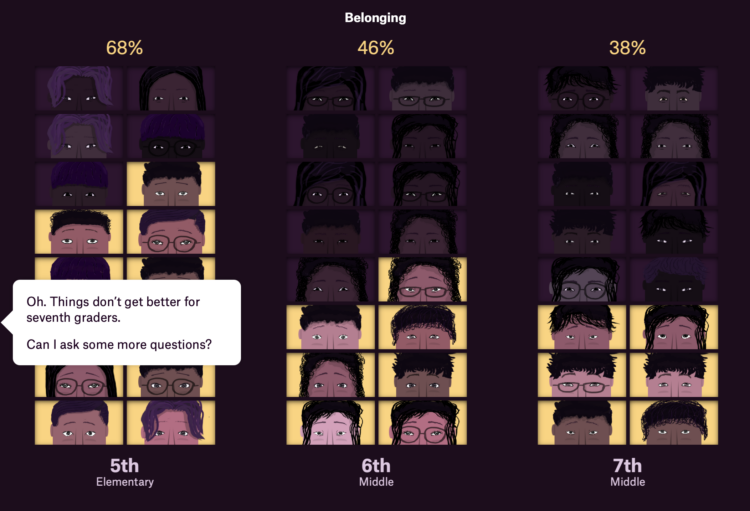
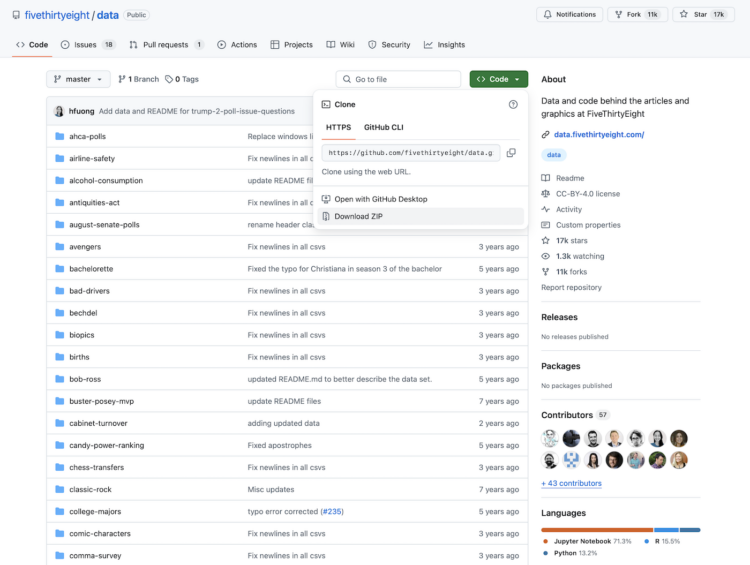
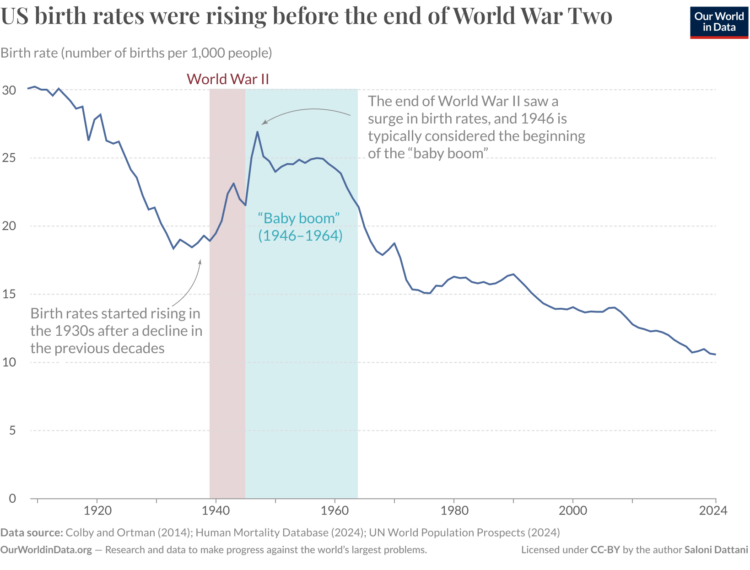
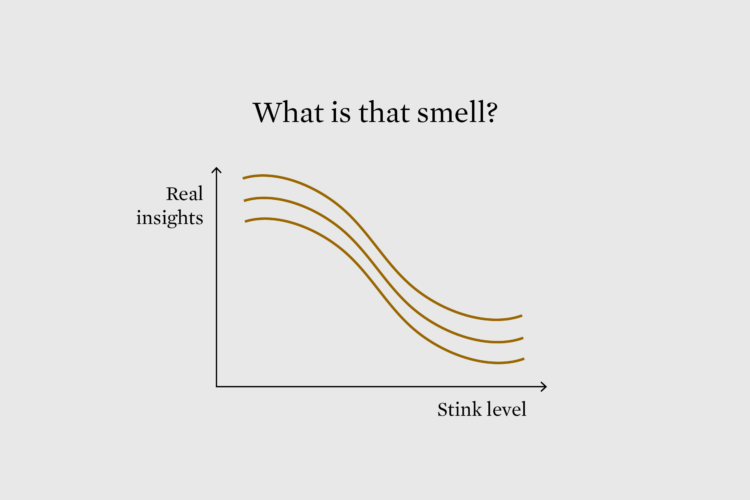
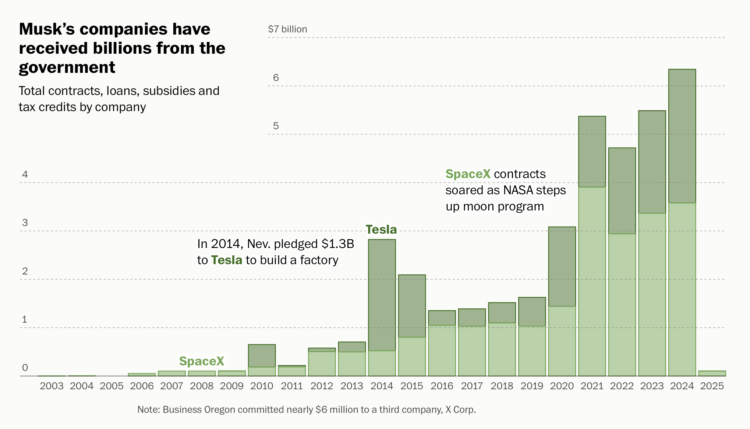
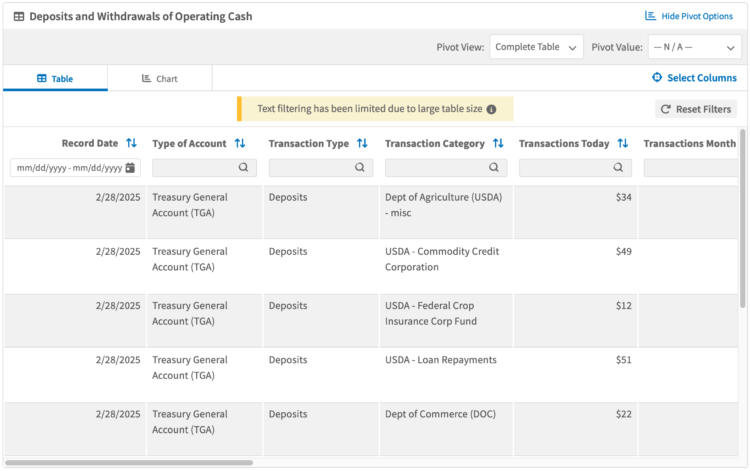



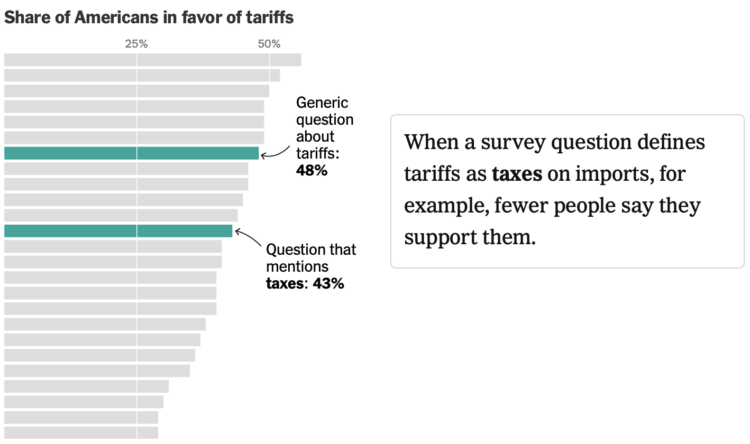
 Visualize This: The FlowingData Guide to Design, Visualization, and Statistics (2nd Edition)
Visualize This: The FlowingData Guide to Design, Visualization, and Statistics (2nd Edition)




